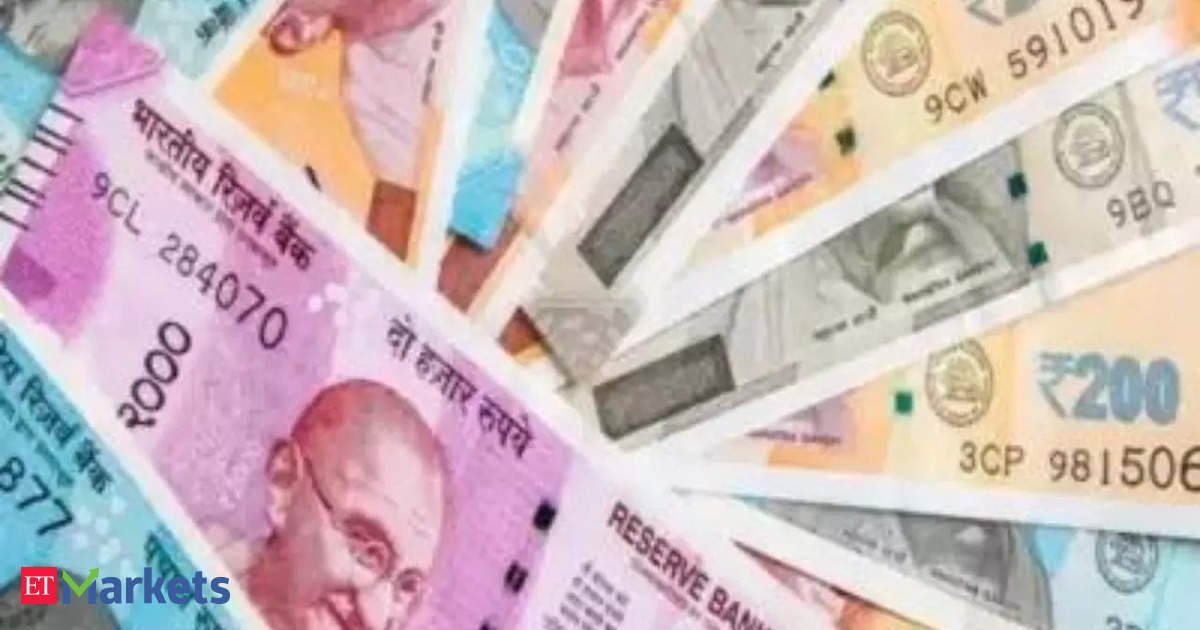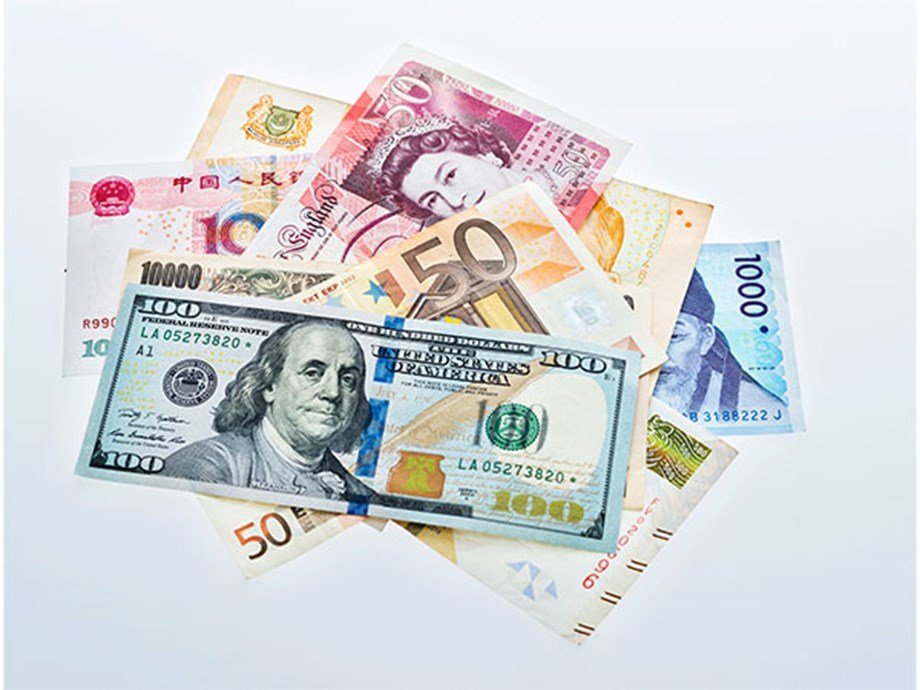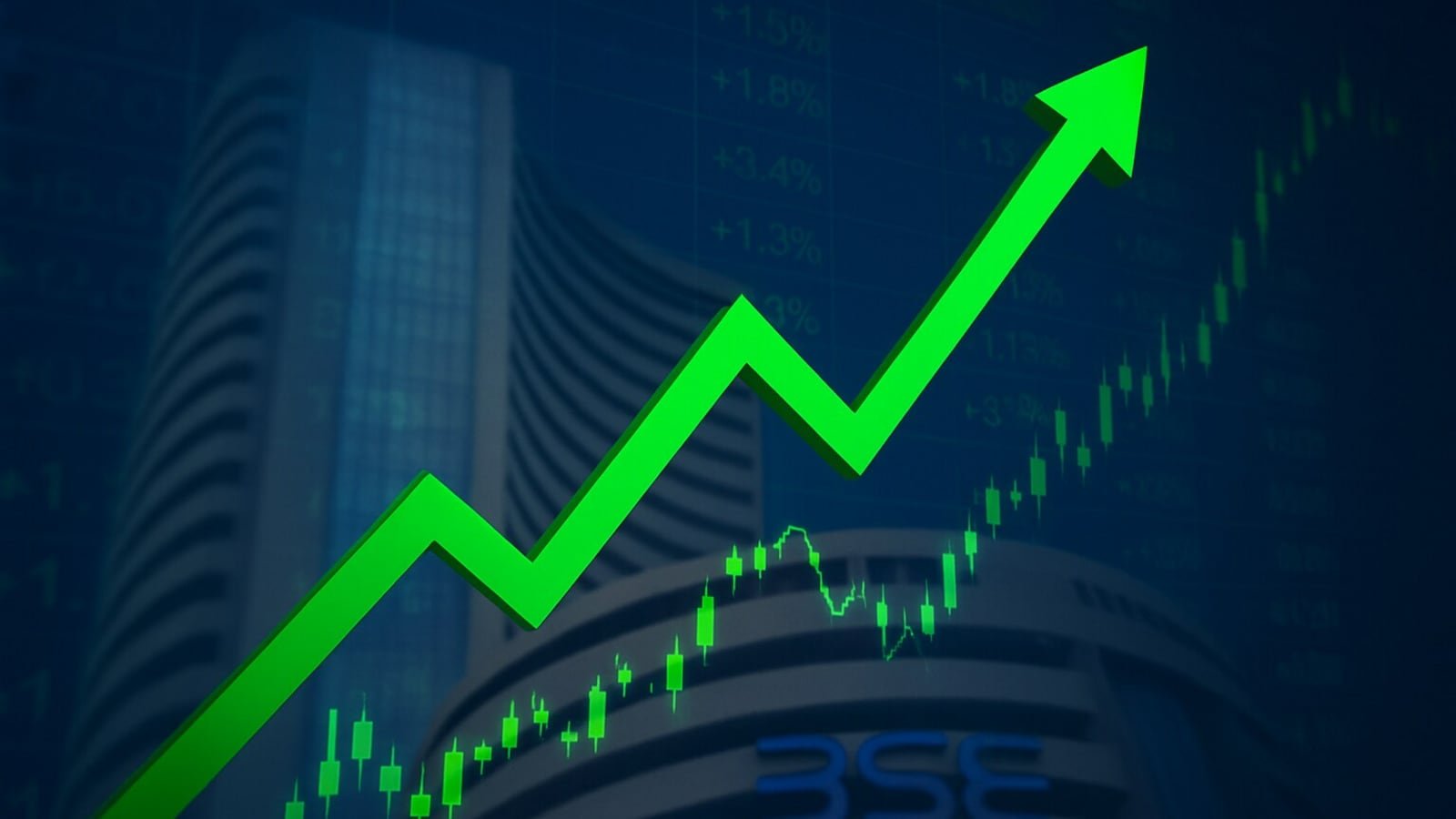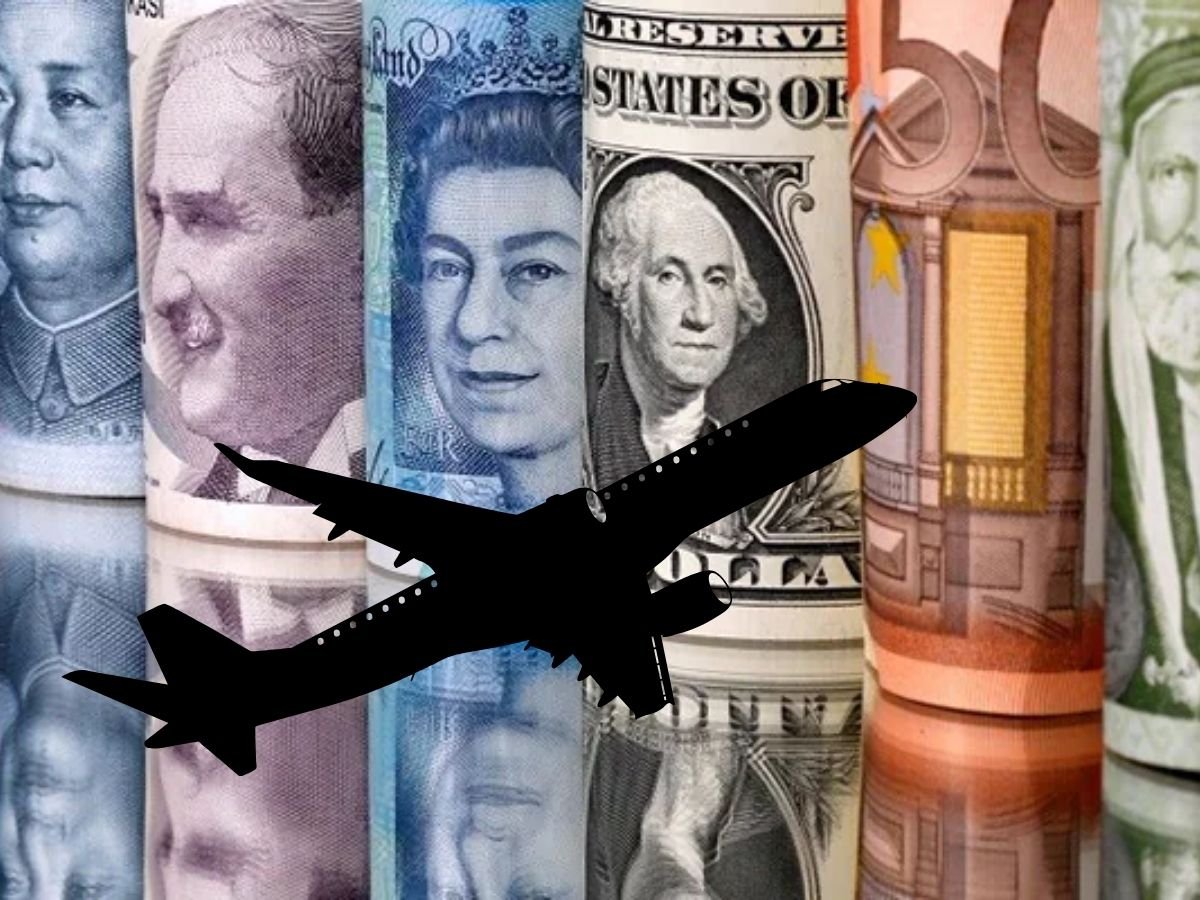However, it’s catching up with those peers due to speculation sticky price pressures will prompt the Monetary Authority of Singapore, the central bank, to maintain its appreciating exchange rate settings in its policy review due on Friday.
“We expect SGD to continue its outperformance in the second half as we don’t expect MAS to aggressively reduce the slope of the S$NEER policy band this year,” said Alex Loo, macro strategist at TD Securities.
“SGD should continue to benefit from the appreciation path of the policy band, while the pickup in growth momentum and upswing in global trade should bolster SGD’s appeal to investors.”
The central bank, which uses the exchange rate as its main monetary policy tool, has let the Singapore dollar appreciate against the currencies of the island’s major trading partners this year to tackle inflation.

The central bank focuses on the currency’s nominal effective exchange rate, referred to as S$NEER, which it allows to move within a policy band.
Singapore’s core inflation probably slowed to 3 per cent in June, according to a survey of economists before the data is published on Tuesday.
The gauge is forecast to ease to around 2 per cent next year in the absence of further shocks, Monetary Authority of Singapore Managing Director Chia Der Jiun said last week.
Singapore’s strong growth prospects also bolster the case for the central bank to leave the currency on its appreciation path.
Gross domestic product accelerated in the second quarter, expanding a faster-than-expected 2.9 per cent. The central bank expects the economy to grow near the upper end of a 1 per cent-to-3 per cent range forecast for this year, even as geopolitical tensions and higher global interest rates continue to pose challenges.

With Singapore’s “GDP growth still not performing too badly in 2Q24, we suspect there is no urgency for MAS to ease monetary policy given the stickiness in inflation,” said Moh Siong Sim, a foreign-exchange strategist at Bank of Singapore.
“We expect SGD to remain resilient relative to most of its Asian peers against the risk of renewed USD strength going into the US election.”






